SEAT Ateca vs VW Polo – Which one offers the better deal?
Two cars, one duel: SEAT Ateca meets VW Polo.
Which one wins in performance, efficiency and value for money? Find out now!
Costs and Efficiency:
Price and efficiency are key factors when choosing a car – and this is often where the real differences emerge.
VW Polo has a decisively advantage in terms of price – it starts at 17000 £, while the SEAT Ateca costs 25100 £. That’s a price difference of around 8104 £.
Fuel consumption also shows a difference: SEAT Ateca manages with 4.90 L and is therefore slight more efficient than the VW Polo with 5.10 L. The difference is about 0.20 L per 100 km.
Engine and Performance:
Power, torque and acceleration are the classic benchmarks for car enthusiasts – and here, some clear differences start to show.
When it comes to engine power, the VW Polo has a clearly perceptible edge – offering 207 HP compared to 150 HP. That’s roughly 57 HP more horsepower.
In acceleration from 0 to 100 km/h, the VW Polo is clearly perceptible quicker – completing the sprint in 6.50 s, while the SEAT Ateca takes 9 s. That’s about 2.50 s faster.
In terms of top speed, the VW Polo performs somewhat better – reaching 240 km/h, while the SEAT Ateca tops out at 202 km/h. The difference is around 38 km/h.
There’s also a difference in torque: SEAT Ateca pulls slightly stronger with 360 Nm compared to 320 Nm. That’s about 40 Nm difference.
Space and Everyday Use:
Cabin size, boot volume and payload all play a role in everyday practicality. Here, comfort and flexibility make the difference.
Both vehicles offer seating for 5 people.
In curb weight, VW Polo is somewhat lighter – 1143 kg compared to 1345 kg. The difference is around 202 kg.
In terms of boot space, the SEAT Ateca offers evident more room – 510 L compared to 351 L. That’s a difference of about 159 L.
In maximum load capacity, the SEAT Ateca performs distinct better – up to 1604 L, which is about 479 L more than the VW Polo.
When it comes to payload, SEAT Ateca a bit takes the win – 525 kg compared to 457 kg. That’s a difference of about 68 kg.
Who comes out on top?
Overall, the VW Polo shows itself to be leaves the rival little chance and secures the title of DriveDuel Champion.
It convinces with the more balanced overall package and proves to be the more versatile choice for everyday use.
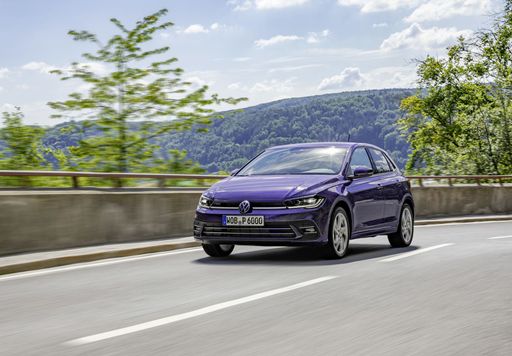 @ Volkswagen AG / VW Media
@ Volkswagen AG / VW Media
VW Polo
SEAT Ateca
The SEAT Ateca blends sharp, purposeful styling with practical space that turns everyday errands into something a bit more enjoyable. It’s poised and engaging to drive for its segment, offers solid value, and has just enough personality to make you smile on the school run.
details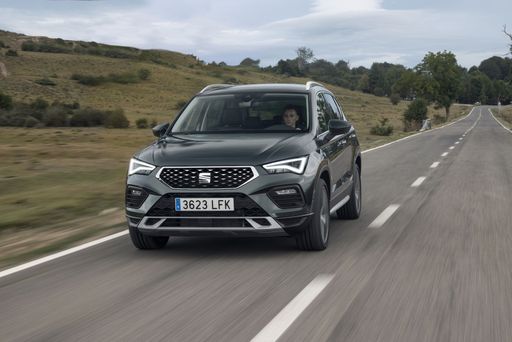 @ SEAT S.A. / SEAT Media Center
@ SEAT S.A. / SEAT Media Center
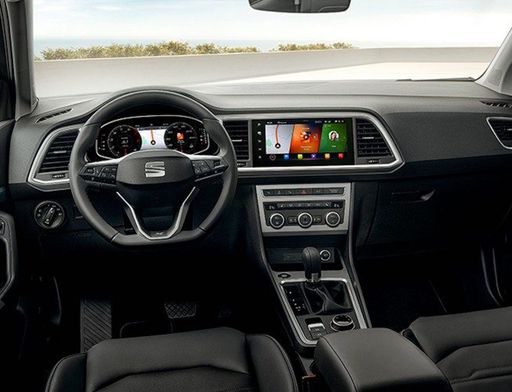 @ SEAT S.A. / SEAT Media Center
@ SEAT S.A. / SEAT Media Center
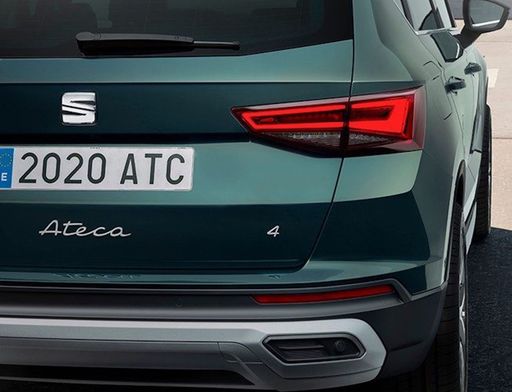 @ SEAT S.A. / SEAT Media Center
@ SEAT S.A. / SEAT Media Center
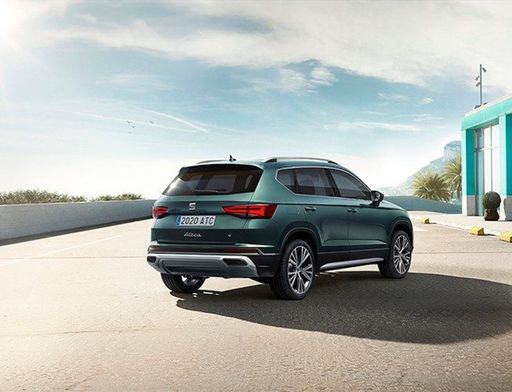 @ SEAT S.A. / SEAT Media Center
@ SEAT S.A. / SEAT Media Center
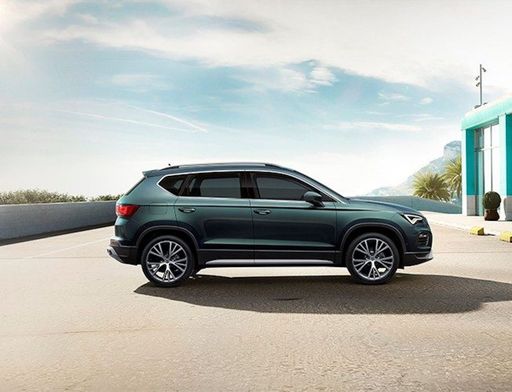 @ SEAT S.A. / SEAT Media Center
@ SEAT S.A. / SEAT Media Center
VW Polo
The Polo is a small car with surprisingly grown-up refinement, delivering comfortable packaging, crisp handling and a build quality that punches above its class. For buyers who want a practical, fuss-free hatch that still feels a little premium, it’s a sensible, slightly cheeky choice you’ll enjoy every day.
details @ Volkswagen AG / VW Media
@ Volkswagen AG / VW Media
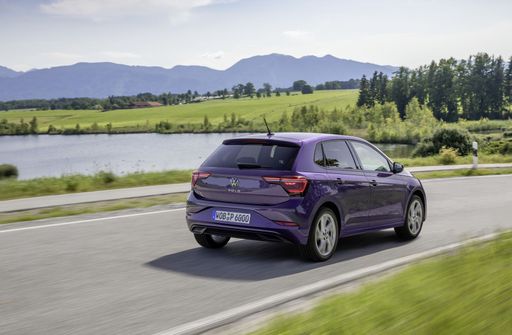 @ Volkswagen AG / VW Media
@ Volkswagen AG / VW Media
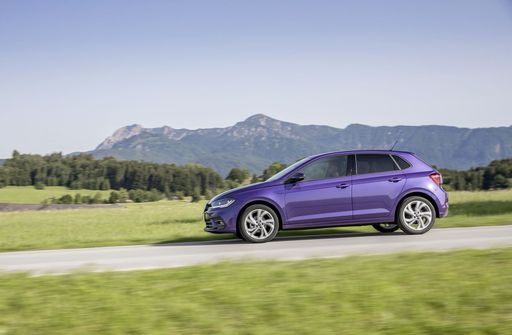 @ Volkswagen AG / VW Media
@ Volkswagen AG / VW Media
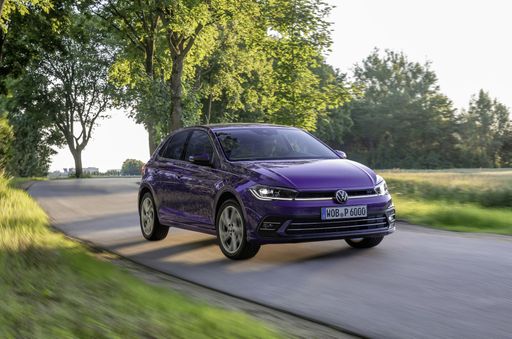 @ Volkswagen AG / VW Media
@ Volkswagen AG / VW Media
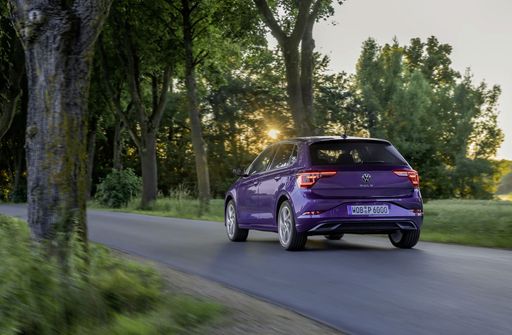 @ Volkswagen AG / VW Media
@ Volkswagen AG / VW Media
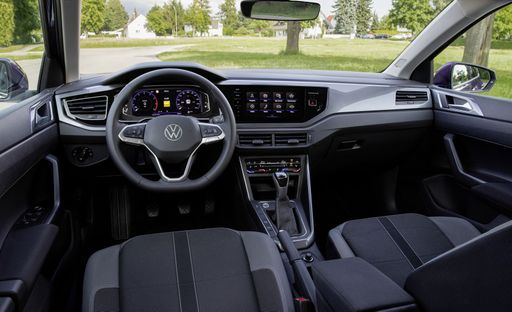 @ Volkswagen AG / VW Media
@ Volkswagen AG / VW Media
 @ SEAT S.A. / SEAT Media Center
@ SEAT S.A. / SEAT Media Center
|
 @ Volkswagen AG / VW Media
@ Volkswagen AG / VW Media
|
|
|
|
Costs and Consumption |
|
|---|---|
|
Price
25100 - 36900 £
|
Price
17000 - 30400 £
|
|
Consumption L/100km
4.9 - 6.4 L
|
Consumption L/100km
5.1 - 6.5 L
|
|
Consumption kWh/100km
-
|
Consumption kWh/100km
-
|
|
Electric Range
-
|
Electric Range
-
|
|
Battery Capacity
-
|
Battery Capacity
-
|
|
co2
129 - 144 g/km
|
co2
116 - 148 g/km
|
|
Fuel tank capacity
50 L
|
Fuel tank capacity
40 L
|
Dimensions and Body |
|
|---|---|
|
Body Type
SUV
|
Body Type
Hatchback
|
|
Seats
5
|
Seats
5
|
|
Doors
5
|
Doors
5
|
|
Curb weight
1345 - 1514 kg
|
Curb weight
1143 - 1378 kg
|
|
Trunk capacity
510 L
|
Trunk capacity
351 L
|
|
Length
4381 mm
|
Length
4074 mm
|
|
Width
1841 mm
|
Width
1751 mm
|
|
Height
1601 mm
|
Height
1431 - 1451 mm
|
|
Max trunk capacity
1604 L
|
Max trunk capacity
1125 L
|
|
Payload
516 - 525 kg
|
Payload
432 - 457 kg
|
Engine and Performance |
|
|---|---|
|
Engine Type
Petrol, Diesel
|
Engine Type
Petrol
|
|
Transmission
Manuel, Automatic
|
Transmission
Manuel, Automatic
|
|
Transmission Detail
Manual Gearbox, Dual-Clutch Automatic
|
Transmission Detail
Manual Gearbox, Dual-Clutch Automatic
|
|
Drive Type
Front-Wheel Drive
|
Drive Type
Front-Wheel Drive
|
|
Power HP
116 - 150 HP
|
Power HP
80 - 207 HP
|
|
Acceleration 0-100km/h
9 - 11 s
|
Acceleration 0-100km/h
6.5 - 15.6 s
|
|
Max Speed
183 - 202 km/h
|
Max Speed
171 - 240 km/h
|
|
Torque
200 - 360 Nm
|
Torque
93 - 320 Nm
|
|
Number of Cylinders
3 - 4
|
Number of Cylinders
3 - 4
|
|
Power kW
85 - 110 kW
|
Power kW
59 - 152 kW
|
|
Engine capacity
999 - 1968 cm3
|
Engine capacity
999 - 1984 cm3
|
General |
|
|---|---|
|
Model Year
2024 - 2025
|
Model Year
2024 - 2025
|
|
CO2 Efficiency Class
E, D
|
CO2 Efficiency Class
D, E
|
|
Brand
SEAT
|
Brand
VW
|
What drive types are available for the SEAT Ateca?
The SEAT Ateca is offered with Front-Wheel Drive.
The prices and data displayed are estimates based on German list prices and may vary by country. This information is not legally binding.
